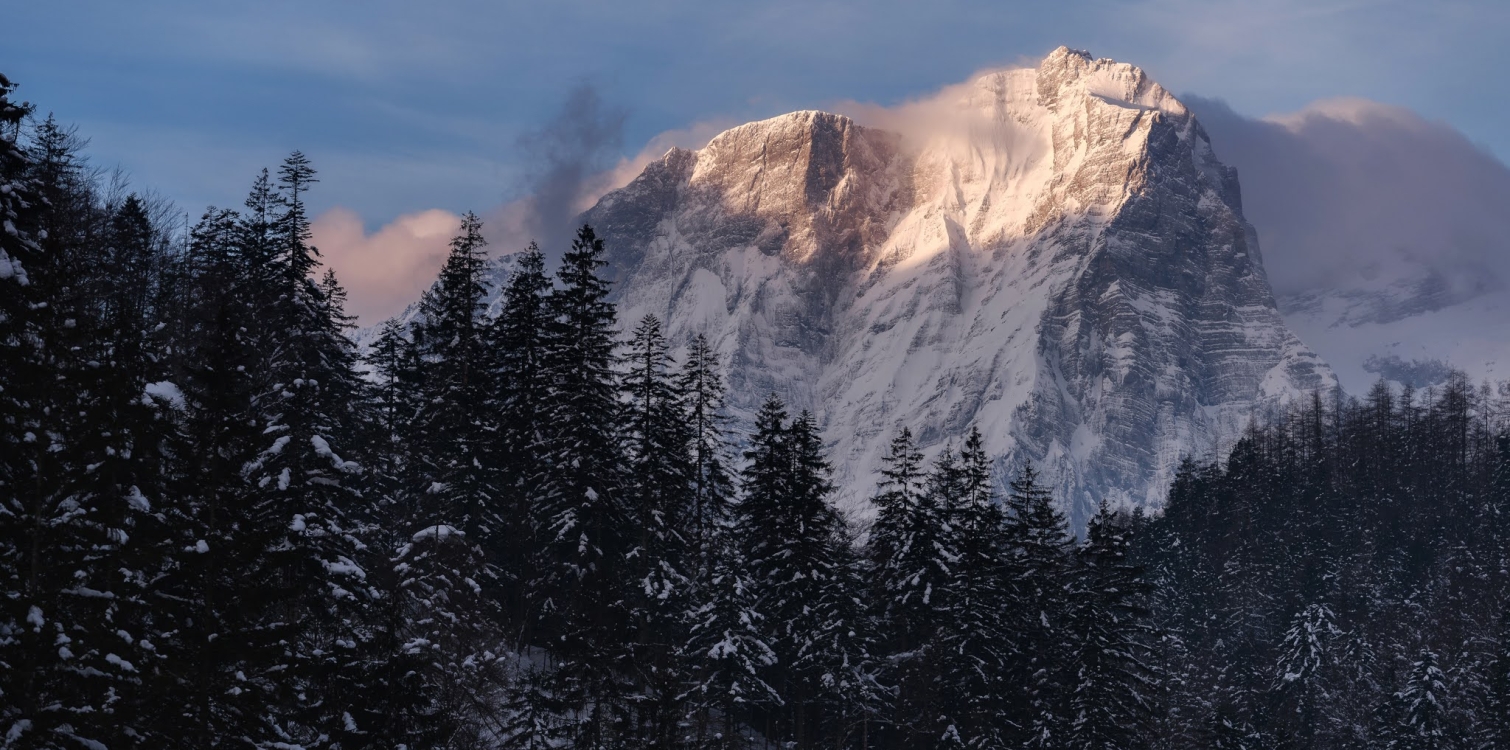In autumn, most of our deciduous trees and bushes SHED THEIR LEAVES. Shorter days and lower temperatures cause a layer of cells to form at the contact between the leaf and the twig, which gradually blocks the veins and triggers the decay of the leaves. Once the veins are completely blocked, the leaf falls off the twig.
But before the leaves fall, the green pigment, chlorophyll, decomposes. Leaves contain several pigments, but we don't notice them throughout the year. When the green pigment decomposes in the autumn, the other pigments become visible, giving the leaves their characteristic autumn colors. The changing colors are a result of the decomposition processes.
Leaves do not serve their function in winter
Beech, as the most characteristic deciduous tree of the Triglav National Park, will shed its leaves in autumn also because leaves cannot serve their function in winter. When the leaves fall, water evaporation from the plant through the leaf surface is reduced. In winter, plants can not pump water from frozen soil; however, water continues to evaporate from the plant at any temperature.

Our deciduous trees adapt to the lack of water in winter by shedding their leaves. In addition, low temperatures prevent photosynthesis from occurring. Snow and ice, which would cover the leaves and branches in winter, could also cause the branches to break or even cause the trunk of the tree to crack.
Adaptation to winter temperatures
How can spruce needles withstand temperatures of -40°C without being damaged by ice? The needles have the smallest possible surface area, are leathery, and covered with a thick layer of insulating wax. When winter arrives, the needles also dry out, so they cannot freeze. After a long winter, conifers immediately begin photosynthesis, so they don't need to produce new leaves every year – this helps them save energy.
The igloo effect
In an igloo, built by the Eskimos from ice blocks, it is possible to live even when the temperature is well below 0°C, because ice is a very effective thermal insulator. Many plants in the mountains do something similar: they take the form of cushions, which act like an igloo when covered with snow. This is how they adapt to winter conditions.

Evergreen plants
On a winter walk through the forest, you can observe trees and shrubs that have SHED their leaves before winter, and EVERGREN trees, such as spruces and pines. In addition to these, you will be greeted by EVERGREEN plants: holly, cyclamen, and ivy. These are the plants that keep their leaves through the winter and produce new green leaves in the spring.

DO YOU KNOW?
- Larch is one of the rare conifers that sheds its needles. Although conifer needles can withstand very low temperatures, only a few can survive a harsh winter. The larch adapts by shedding its needles every year. This allows it to grow in places where the spruce cannot.
- The common holly is recognizable by its bright red, round fruits. But beware! The bark, leaves, and fruits are poisonous. If ingested, they cause vomiting and diarrhea, and in the most severe cases, the heart may stop.
- The evergreen common cyclamen can be recognized in winter and spring by its characteristic dark green leaves, which are usually purple on the underside. Most often, we will notice it in late summer and autumn when it blooms.

